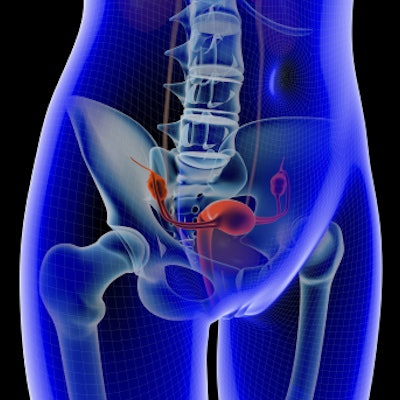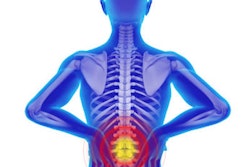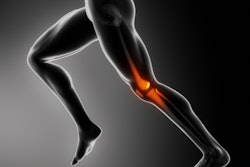
CT-guided pulsed radiofrequency (pRF), a relatively new technique that delivers bursts of energy to nerve roots, may be a safe and effective alternative to more traditional noninvasive therapies for chronic pelvic pain, according to an article published online August 22 in Clinical Radiology.
Researchers from the University of Texas Southwestern Medical Center in Dallas examined 10 patients who had ongoing neuropathic pelvic pain even after receiving a series of CT-guided local anesthetic or steroid injections.
Due to the complexity of treating neuropathic pain, clinicians often take an approach that involves physical therapy, pain medication, and image-guided injections, among other strategies. Recent studies have demonstrated the ability of a somewhat novel treatment approach known as pRF to relieve neuropathic pain at least as effectively as standard methods.
This new approach could be particularly valuable for patients with chronic neuropathic pain who do not wish to undergo surgery and have experienced diminishing returns from extended use of standard steroid injections, noted corresponding author Dr. Avneesh Chhabra, chair of musculoskeletal radiology at the hospital, and colleagues.
The group used CT guidance to apply pRF to the pudendal nerve of the 10 patients in a procedure that took an average of five to 15 minutes. All procedures were successful, with no evidence of immediate complications.
Overall, pRF extended the duration of pain relief by several weeks compared with standard treatment, the researchers found. On average, pain relief from pRF lasted two times longer than relief from the first anesthetic or steroid injection that patients had previously received; it also lasted more than four times longer than relief from their latest steroid injection.
Chhabra and colleagues also discovered that pRF was associated with greater decreases in pelvic pain on a 10-point pain rating scale, compared with the prior injections, though these differences did not reach statistical significance.
| Comparison of CT-guided pain therapies for chronic pelvic pain | |||
| 1st local anesthetic or steroid injection | Final local anesthetic or steroid injection | Pulsed radiofrequency | |
| Longest duration of pain relief* | 3.4 weeks | 1.5 weeks | 6.8 weeks |
| Lowest pain score on a 10-point scale | 3.1 | 2.4 | 2.1 |
What's more, 60% of patients reported that pRF improved their quality of life and led to decreased use of regular pain medication on a subjective questionnaire submitted six weeks after the procedure. A third of these patients later claimed that these benefits lasted up to six months.
The findings of this feasibility study suggest that pRF "can be a safe and effective option for patients with neuropathic pudendal nerve pain when combined with CT imaging, which can guarantee accurate therapeutic effect and minimized risk to the patient," the authors wrote.
"It may be that focusing on improved efficiency with CT-guided forms of this procedure can provide the optimal balance of efficiency, efficacy, and safety," they continued. "The ability to combine this level of visualization with intraoperative nerve monitoring can add an additional layer of safety to [pRF] without significant additional cost or complexity."




















